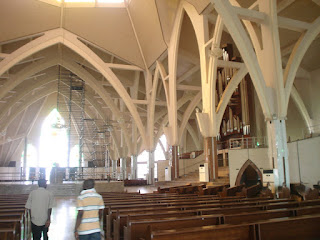Amanda: I really like the amount of detail that Amanda went into. She provided so much detail on all of the important people as well as all of the important design aspects of this time.
Becca: Becca did a great job at going into detail on the Great Fire of 1666, i liked this because the information she provided wasn't in our notes. Also the pictures that she chose to show the legs of the furniture was really neat to see and put it into another perspective.


















































